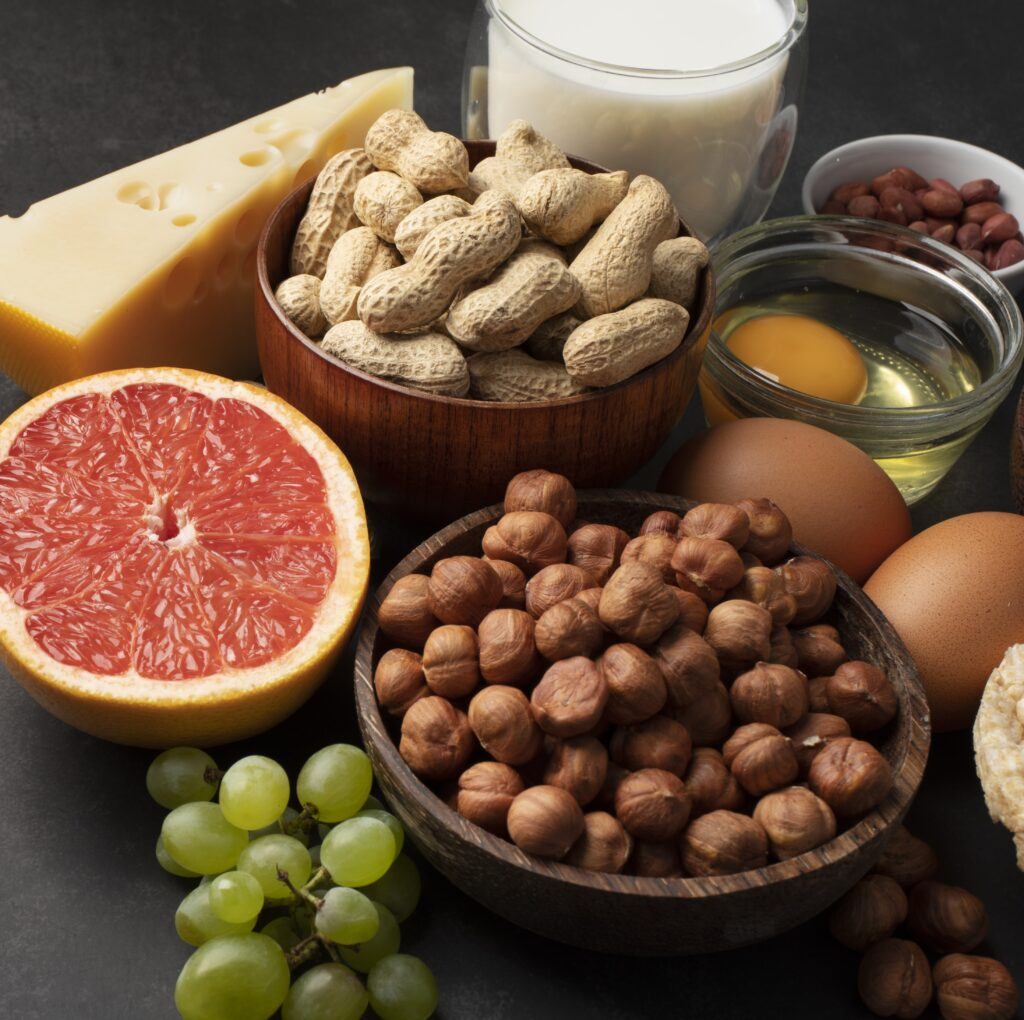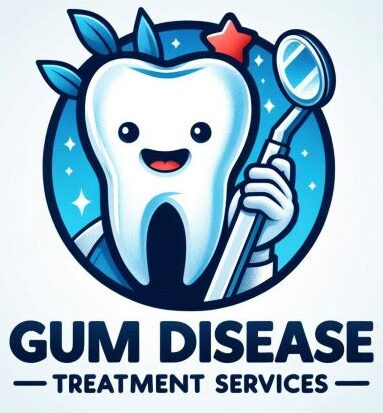The majority of individuals regard dental health in terms of maintaining cavity-free, white teeth. However, your gums? They are equally, if not more, significant. Millions of people are impacted by gum disease, sometimes referred to as periodontal disease, each year. It can result in loose teeth, receding gum lines, swollen gums, and even tooth loss if left untreated. Even worse, studies have connected gum disease to general health concerns like diabetes, heart disease, and stroke.
What is the bright side? It is quite easy to avoid gum disease. You can maintain the health of your smile for the rest of your life and safeguard your gums by incorporating the proper practices into your everyday routine. You’ll discover that it’s easier than you might imagine to steer clear of gum disease by following these five attainable, tried-and-true methods.
Brush correctly (don’t bypass brushing your teeth)
It’s essential to brush your teeth twice a day, but how you clean makes a big difference. When sticky plaque accumulates along your gum line, gum disease will begin. Only a professional dental cleaning will remove tartar, which is formed when plaque thickens.
Using the right brushing method is crucial to preventing this cycle before it begins.
- Use a soft-bristled toothbrush to avoid irritating your gums.
- Hold the brush at a 45-degree angle aimed at the gumline.
- Brush for at least two minutes, covering all surfaces.
- Replace your toothbrush every 3–4 months, or sooner if bristles fray.
Given that the majority of models come with built-in timers to make sure you reach the two-minute mark, brushing can be made easier and more efficient with an electric toothbrush. There have been studies found that electric toothbrushes do a better job with cleaning teeth as opposed to manual toothbrushes. I personally use an electric toothbrush very regularly. And ever since the day I began going electric, my dentist visits have been great. There is a lot less tartar to scrape off, which means less work for the professional to do. It also significantly lowers your dental visit costs.
Additionally, keep in mind that bacteria likes to hide on your tongue. So, I would recommend either brushing your tongue or using a tongue scraper, which I use myself. Clean your tongue once a day. Your tongue is also important for good oral hygiene and helps lessen tartar and plaque buildup.
Make Flossing a Daily Habit
Many individuals consider flossing to be the “optional” part of maintaining good oral hygiene. If brushing takes care of the major issues, flossing is what reaches the nooks and crannies and between your teeth, where gum disease typically starts. Flossing should be considered just as important as brushing.
Generally, brushes are unable to reach between your teeth, particularly in tight spaces. As a result, food particles and plaque can often become lodged between your teeth. Bacteria develop and produce inflammation near the gum line if they are ignored. As a result, gingivitis will develop into gum disease.
Tips for Better Flossing:
- Floss once daily, ideally before bedtime.
- Use about 18 inches of floss, winding most around each middle finger, leaving an inch or two to work with.
- Guide it gently between teeth and curve it into a “C” shape to hug each tooth.
- Don’t snap the floss down onto gums—it should be gentle but thorough.
Don’t give up if standard string floss is difficult for you. While keeping your gums safe, alternatives like water flossers (strongly recommended), floss picks, and interdental brushes may make the task easier.
Use a Therapeutic Mouthwash

Mouthwash is thought of as a temporary solution for bad breath. In actuality, a therapeutic mouthwash can do much more than traditional mouthwashes—it lowers your risk of gum disease, fights plaque, and lessens bacteria.
Why Mouthwash Helps:
- Reaches spots your brush and floss might miss.
- Contains ingredients like chlorhexidine, cetylpyridinium chloride, or essential oils to fight bacteria.
- Reduces plaque buildup and gingivitis.
- Keeps your mouth feeling fresh and clean.
To prevent drying out your mouth, use a mouthwash without alcohol for the sake of your gums, which my dentist recommended for me. Following brushing and flossing, swish once or twice daily. Great advice is to avoid rinsing with water immediately after. Let the mouthwash do its job. By rinsing with water, you are ejecting the mouthwash, defeating the purpose. For the mouthwash to work, let it sit for a little while.
Consume a Gum-Friendly Diet
Your diet has an impact on your gums as well as your waist. Plaque and inflammation-causing bacteria are fed by sugar and processed foods. Conversely, foods high in nutrients can help to strengthen your teeth and gums.
Foods to Limit:
- Sugary drinks like soda and sports beverages.
- Sticky snacks such as candy and chips.
- Alcohol and tobacco, which both harm gum tissue.
Foods to Consider:

- Leafy greens (spinach, kale): Packed with vitamins and minerals.
- Crunchy fruits and veggies (apples, celery, carrots): Natural plaque scrubbers.
- Dairy (cheese, yogurt, milk): High in calcium to protect enamel.
- Green tea: Contains antioxidants that reduce inflammation.
Over time, gum health can be improved by making even minor changes, such as switching to water instead of soda or including more vegetables in your meals.
Keep Up with Regular Dental Checkups
Nothing can take the place of a dentist’s expert eye, even with the best daily care. Professionals can detect early indications of gum infection before it worsens with routine dental checkups.
Why Dental Visits Matter:
- Professional cleanings remove hardened tartar that brushing can’t.
- Dentists can spot gingivitis in its early stages.
- Regular exams catch other oral health issues, like cavities or receding gums.
The average person with no issues or family history should see a dentist every six months. However, your dentist might advise more frequent checkups if you smoke, have diabetes, or have a family history of gum disease.
Consider your dental professional to be your “gum coach,” keeping you on course and intervening before issues worsen.
Extra Gum-Saving Habits
Here are some additional measures to further safeguard your gums in addition to the five major ones:
- Stay hydrated: Saliva naturally washes away food particles and bacteria.
- Quit smoking: Tobacco is one of the top risk factors for gum disease.
- Chew sugar-free gum: It stimulates saliva and helps neutralize acids.
- Know your risks:Age, genetics, and certain medications can raise your chances of gum problems—so be proactive if you fall into these categories.
Conclusion: Small Steps, and Big Results
Gum disease can be avoided with regular care and wise habits rather than expensive products or intricate procedures. You may significantly reduce your likelihood of gum disease by brushing and flossing properly, using mouthwash, eating a healthy diet, and seeing your dentist on a regular basis.
Consider it this way: your gums serve as the support system for your teeth. Even the strongest teeth will fail if they are neglected. However, if you provide your teeth a little daily care, you’ll safeguard not only your smile but also your general well-being.
Begin today. Your future self and your gums will certainly appreciate it.
